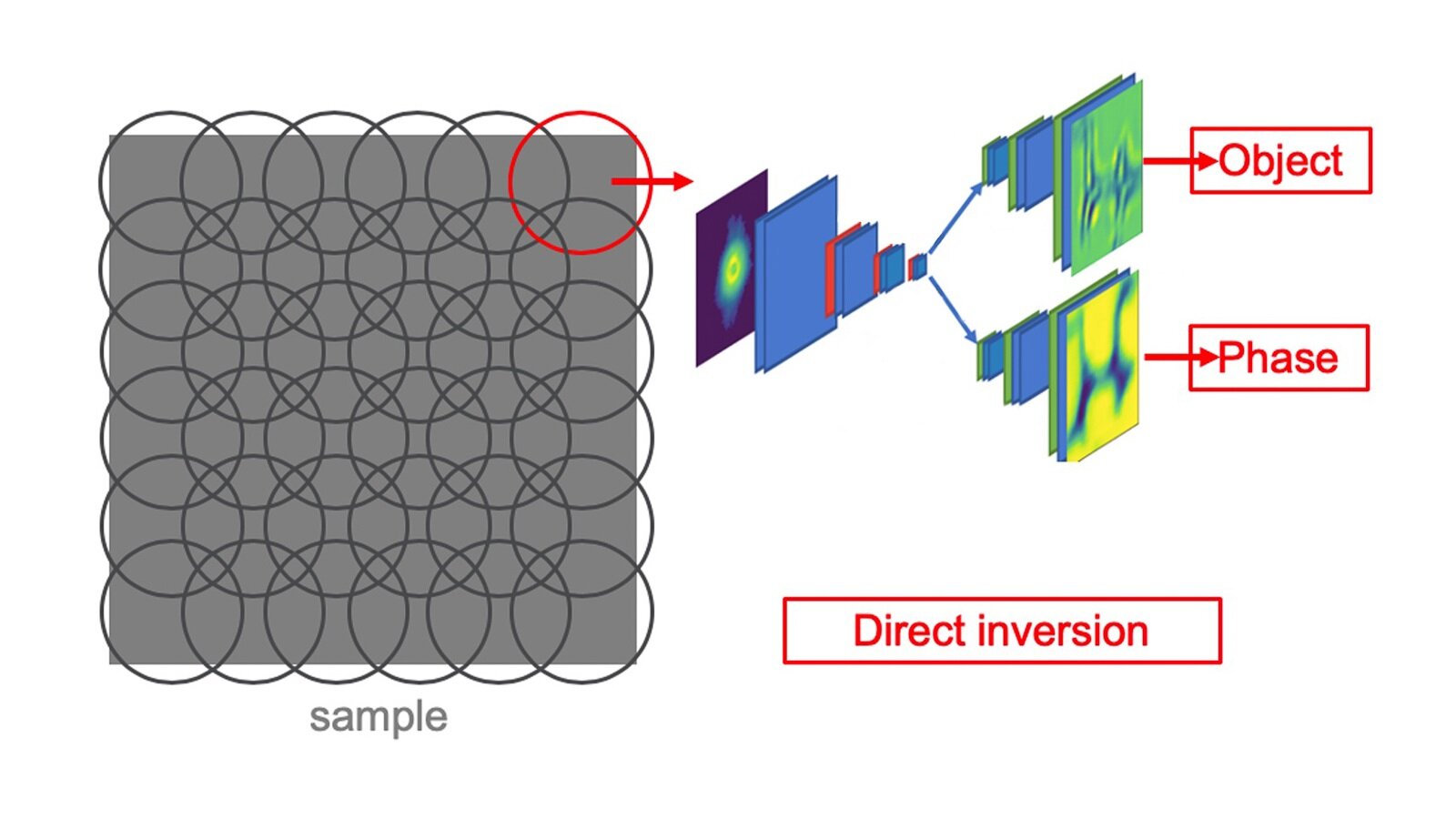The new computer system can do more than just reconstruct images from a variety of X-ray data
In an article published in the magazineApplied Physics Letters, a group of computer scientists fromThe US Department of Energy (DOE) at Argonne National Laboratory has demonstrated the use of artificial intelligence (AI) to accelerate the process of image reconstruction based on coherent X-ray scattering data.
 PtychoNN uses artificialintelligence to recover both amplitude and phase from X-ray data, providing images that scientists can use. Credit: Matthew Cherukara / Argonne National Laboratory
PtychoNN uses artificialintelligence to recover both amplitude and phase from X-ray data, providing images that scientists can use. Credit: Matthew Cherukara / Argonne National Laboratory
The process of using computers to buildimages from coherent scattered X-ray data is called ptycography. Scientists have used a neural network that learns to transform this data into a consistent form. Hence the name of their innovation: PtychoNN.
Using artificial intelligence methods,a team of researchers has demonstrated that computers can be taught to predict and reconstruct images from x-ray data, and they can do so 300 times faster than the traditional method.
It's worth noting that instead of using simulated images to train the neural network, the team used real X-ray data.
Read more
Research: humans will not be able to control superintelligent AI machines
Abortion and science: what will happen to the children who will give birth
Check out the most beautiful pictures of Hubble. What has the telescope seen in 30 years?
Scanning imaging techniqueobjects whose dimensions are much larger than the transverse dimensions of the focal spot on the sample. Originally developed by Walter Hoppe to solve the inverse phase diffraction problem from overlapping regions of the sample under study.
From the Greek ptycho - overlap.